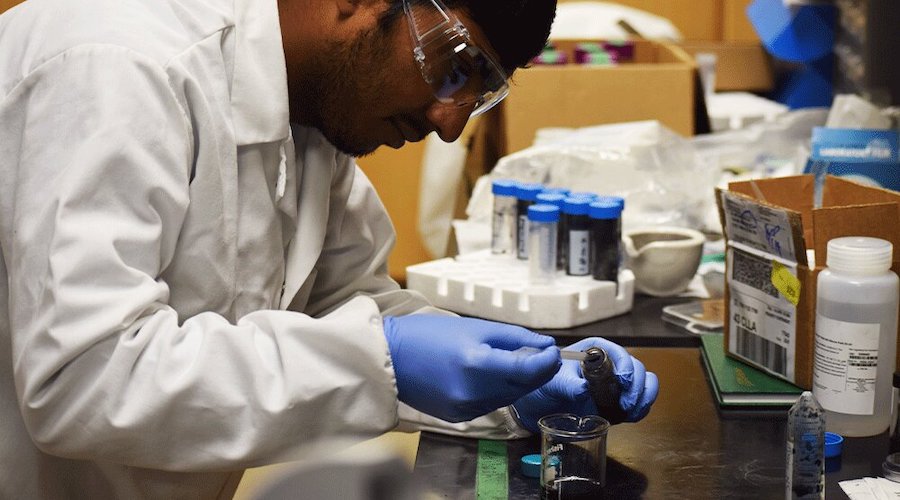Metso Outotec invests $2.3 million to level unexplained gender-related pay gaps


The analysis confirmed that the existing policies and practices in Metso Outotec provide a solid foundation, and typically the salary of an employee develops in an unbiased manner during a career at Metso Outotec.
However, the company said, the analysis identified individual cases where unexplained gender-related pay gaps exist. While not present in all countries, these salary differences originated mostly to decisions made at-hire.
This spring, Metso Outotec made a one-time investment of €2.2 million ($2.3m) to correct the identified individual, unexplained gender-related pay gaps. These increases were made to some 500 employees in around 20 countries.
The increases were approved as part of a global salary review process, the company said, and consequently managers have become more aware of potential biases in the salary setting.
Metso Outotec said it will continue to strengthen the recruitment process to ensure unbiased salary decisions are made for all people joining Metso Outotec across the globe.
”Building an inclusive culture is a priority at Metso Outotec and acting on the gender-related pay gap findings was only one concrete action for 2022,” Pekka Vauramo, CEO of Metso Outotec said in a media statement.
“We continue building awareness and capabilities globally and ensure that there are good processes in place to support equal treatment of our employees across the organization,” Vauramo said.
Metso Outotec follows the progress of its diversity and inclusion agenda via engagement surveys, where the topic is one of the KPIs.
“We are proud of the work we have accomplished so far in driving our diversity and inclusion agenda at Metso Outotec,” said Marjut Kumpulampi-Santos, VP, Talent and Inclusion.
“Going forward, more actions will follow. In 2022, we continue increasing awareness inside the organization and providing inclusion and psychological safety trainings for all employees. We are developing inclusive recruitment practices and looking at ways to remove barriers and bias from our processes,” she said.
This post has been syndicated from a third-party source. View the original article here.




